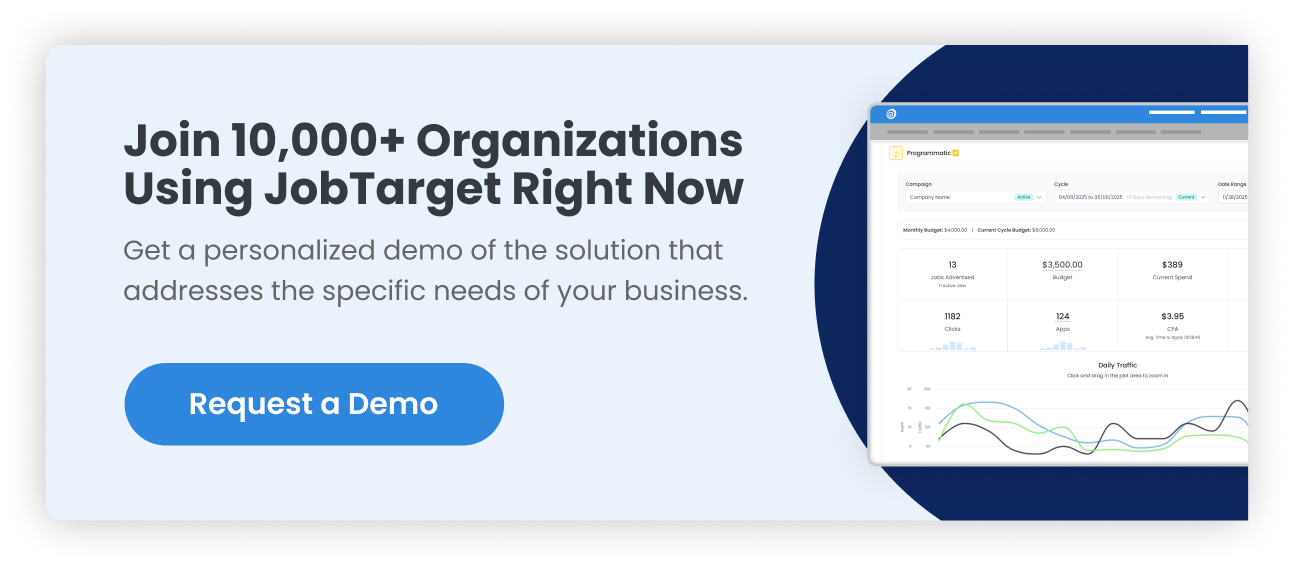Finding qualified candidates for open roles is an ongoing challenge for recruiters. In addition to candidates actively seeking new opportunities, there are those who – while not actively looking – are open to learning about new opportunities.
What is a passive candidate?
Passive candidates are not actively searching for new positions – but that doesn’t mean they wouldn’t be open to a new role if the opportunity presented itself. According to LinkedIn, 70% of the global workforce comprises passive candidates, with 87% of passive and active candidates being open to new opportunities.
Where do I find passive candidates?
You may already have direct access to more passive candidates than you realize through your Applicant Tracking System (ATS) or Human Resources Information System (HRIS). Reaching out to previous applicants has many benefits, including having a familiarity with and interest in your company. And their information is already available to you.
Passive candidates can also be found in droves across any job site or resume bank. But let’s be honest – finding active candidates alone is challenging. Looking for passive candidates through past applicants or multiple resume banks only adds additional search time that you probably don’t have.
A unified resume sourcing platform – where a single search can look for passive candidates across your various resume banks – can save you time and significantly aid your search for qualified candidates who may be open but not actively searching.
Talking to passive candidates
Once you’ve identified the passive candidates that you’d like to contact, give some thought to crafting personalized messages. Including personalized touches in a message can increase response rates by 20% – consider mentioning that you’ve looked over their resume and how their previous experience is impressive and an integral part of the role you’re sharing with them.
It's also important to take into consideration what is or may be important for these individuals. For example, LinkedIn hiring statistics show that people change jobs because of actual or perceived limitations on career opportunities. When you reach out to potential candidates, provide information on the ways your company encourages and supports employees in pursuit of their personal and professional goals.
Active job seekers and passive candidates alike want to know more about an organization's work environment, what their core responsibilities will be, any unique benefits, and more. Consider including links to your company’s website or materials in your outreach to give the candidate a better understanding of the company.
Grabbing and keeping the candidate’s attention in this outreach is vital. The more personable and exclusive your message seems to the candidate, the better.
Keep the lines of communication open
When a passive candidate indicates they are interested in your open role, reinforce that you value them and their time. While they may not be interested in a new opportunity now, they can always stay in touch and reach out when the time is right. Reaching out to passive candidates simply comes down to fostering a relationship from which both of you can benefit – now or in the future.
Begin your passive candidate search with a streamlined resume sourcing tool
JobTarget Sourcer allows you to enter the type of qualifications and experience you’re looking for in a candidate and where you’d like them to be located. From a database of more than 90 million resumes, qualified candidates that match your specific criteria are found within seconds through a single search. And when you’ve narrowed down your potential candidates, you're able to contact candidates directly from the platform. Learn more about Sourcer here.


.png)





